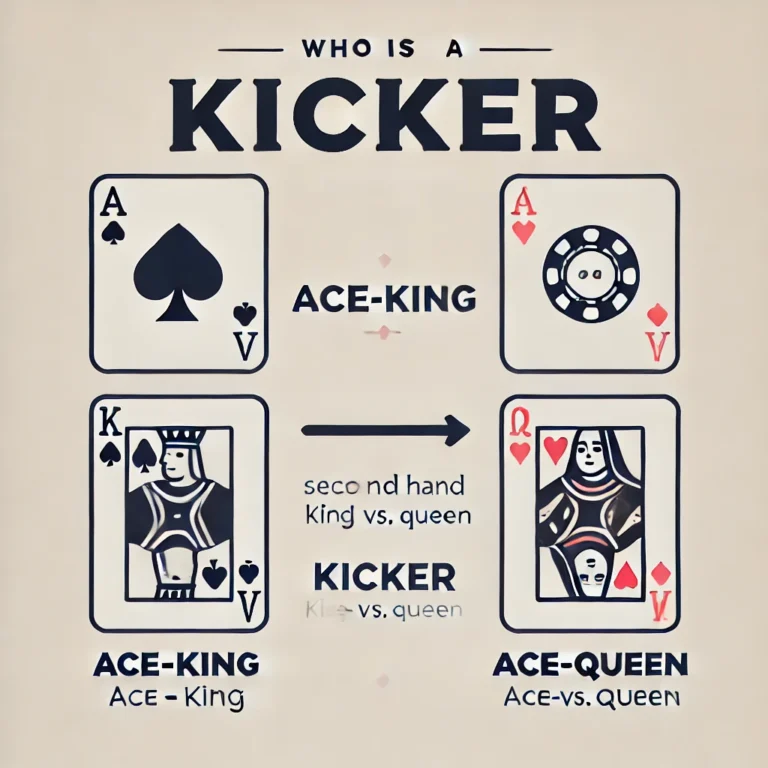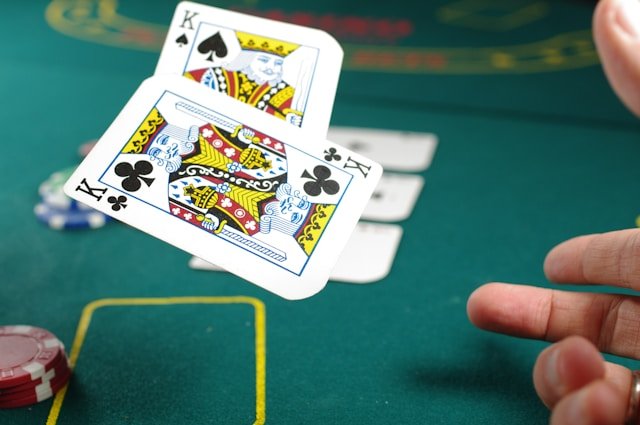In the competitive world of poker, understanding the financial aspects of the game is essential for maximizing profitability and strategic play. Two crucial concepts that every poker player must grasp are Rake and Rakeback. These elements are integral to the poker economy, influencing not only how much players pay to participate but also how they can recoup some of those costs. This article provides an in-depth look at rake and rakeback, explaining their significance and how they impact players’ bottom lines.
What Is Rake
Rake is the fee charged by a poker room or casino to facilitate the game. It is a key revenue stream for the house and is typically deducted from each pot or hand played. Understanding how rake works is crucial for any player aiming to manage their bankroll effectively and optimize their gameplay strategy.
Mechanics of Rake Collection
Rake is usually collected in one of two primary ways:
- Percentage of the Pot
In cash games, the poker room takes a percentage of the pot as rake. This percentage generally ranges from 2% to 10%, with a cap to ensure that larger pots do not disproportionately benefit the house. For example, a 5% rake with a maximum cap of $5 means that no matter how large the pot gets, the maximum rake collected is $5.
- Fixed Fee
Some poker rooms employ a fixed fee structure, where a set amount is taken from each hand or charged every 30 minutes in tournament formats. This method ensures predictable costs but can vary in terms of fairness and impact based on the structure of the game.
Impact of Rake on Players
Rake affects players by reducing the effective prize pool and increasing the cost of playing. Since rake is taken from every pot, it raises the threshold that players must exceed to achieve profitability. In tournament play, the rake is included in the buy-in, further impacting the prize distribution and player returns.
What Is Rakeback
Rakeback is a promotional tool offered by poker rooms or affiliate programs that provides players with a rebate based on the amount of rake they generate. It is an essential mechanism for returning a portion of the rake back to the players, effectively reducing their overall cost of play.
Calculating Rakeback
Rakeback is usually expressed as a percentage of the total rake paid by the player. For example, if a player generates $1,000 in rake and qualifies for a 30% rakeback deal, they would receive $300 in rakeback. This rebate can be paid out in cash, tournament entries, or other rewards, depending on the poker room’s policy.
Types of Rakeback Programs
- Flat Rakeback
This straightforward model offers a consistent percentage rebate on the rake paid, providing players with a predictable return on their investment.
- Tiered Rakeback
This system features varying rebate percentages based on the total rake accumulated. Higher volumes of rake can lead to increased rebate rates, incentivizing more frequent play.
- VIP Programs
Many poker rooms incorporate rakeback into their loyalty or VIP programs. Players earn rewards based on their activity level or status, which may include rakeback as part of the overall benefits package.
Why Rake and Rakeback Are Important to Players
A thorough understanding of rake and rakeback is vital for several reasons:
Enhancing Profitability
Rake reduces the net winnings for players by taking a portion of each pot. By factoring in the rake structure, players can better manage their bankroll and adjust their strategies to compensate for this cost. Rakeback, on the other hand, provides a rebate that effectively lowers the cost of play, improving overall profitability.
Maximizing Returns
Rakeback serves as a crucial tool for maximizing financial returns. By taking advantage of rakeback offers, players can receive a portion of the rake paid back to them, reducing their overall expenses and increasing their net earnings. This can be especially advantageous for high-volume or regular players.
Strategic Game Selection
Knowledge of rake structures and rakeback opportunities can guide players in choosing the most favorable games. Some poker rooms may have higher rake but offer generous rakeback deals, which can offset the higher fees. Conversely, games with lower rake might offer less substantial rakeback, influencing a player’s decision based on their play style and goals.
Strategic Adjustments
Understanding how rake and rakeback impact your game allows for strategic adjustments. If a significant portion of the rake is returned through rakeback, players might adjust their playing style or game selection to capitalize on this benefit, thereby enhancing their overall profitability.
Rake and rakeback are pivotal concepts in the poker landscape that significantly influence a player’s financial outcomes and strategic approach. While rake represents the fee deducted by the house, impacting overall winnings, rakeback offers a rebate that helps offset these costs. By mastering these concepts, players can make informed decisions, optimize their game selection, and improve their overall success. Whether you are a casual player or a seasoned professional, understanding and leveraging rake and rakeback is essential for achieving sustained success and maximizing profitability in poker.











